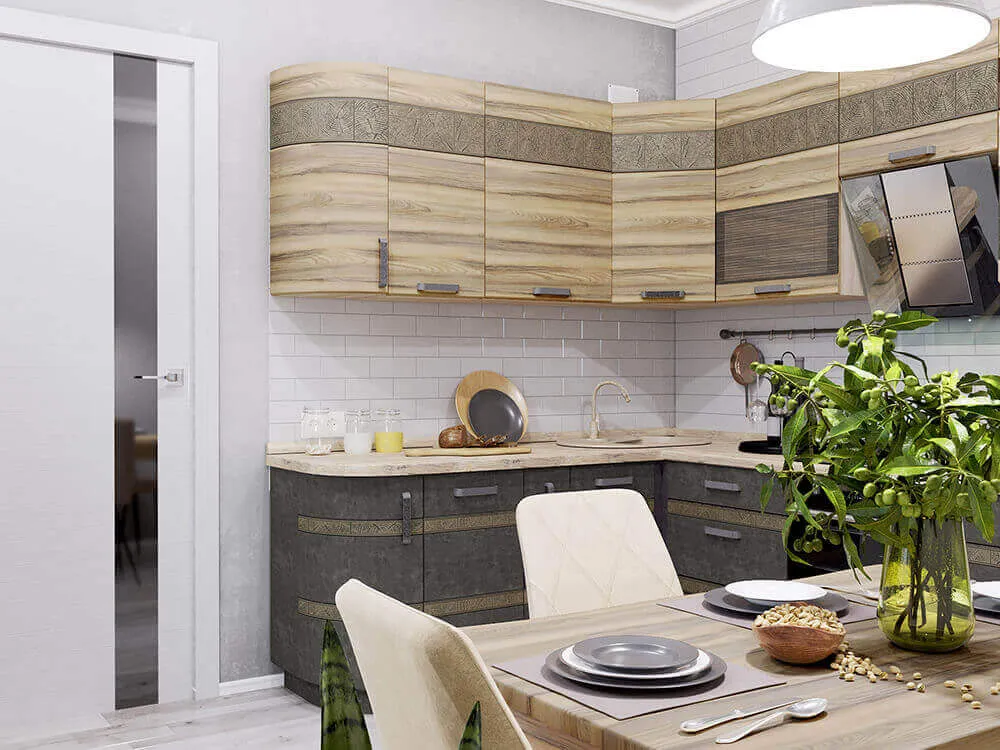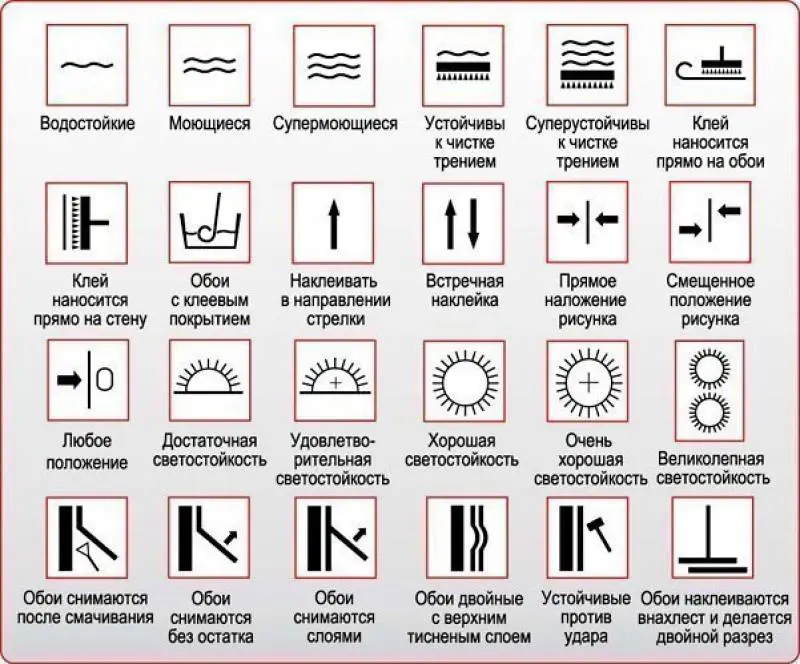There can be your advertisement
300x150
How to Properly Organize a Storage Room: 8 Practical Tips
Modern people definitely need a storage room to keep non-perishable food and household items like juicers, mixers, and more. Planning your summer season? Take a look at our tips. Maybe you already have space for a storage room at home. It’s very convenient to have everything you need close at hand, so you don’t have to run to the store every time for grains, onions, and other essentials. You can stock up for the whole summer!
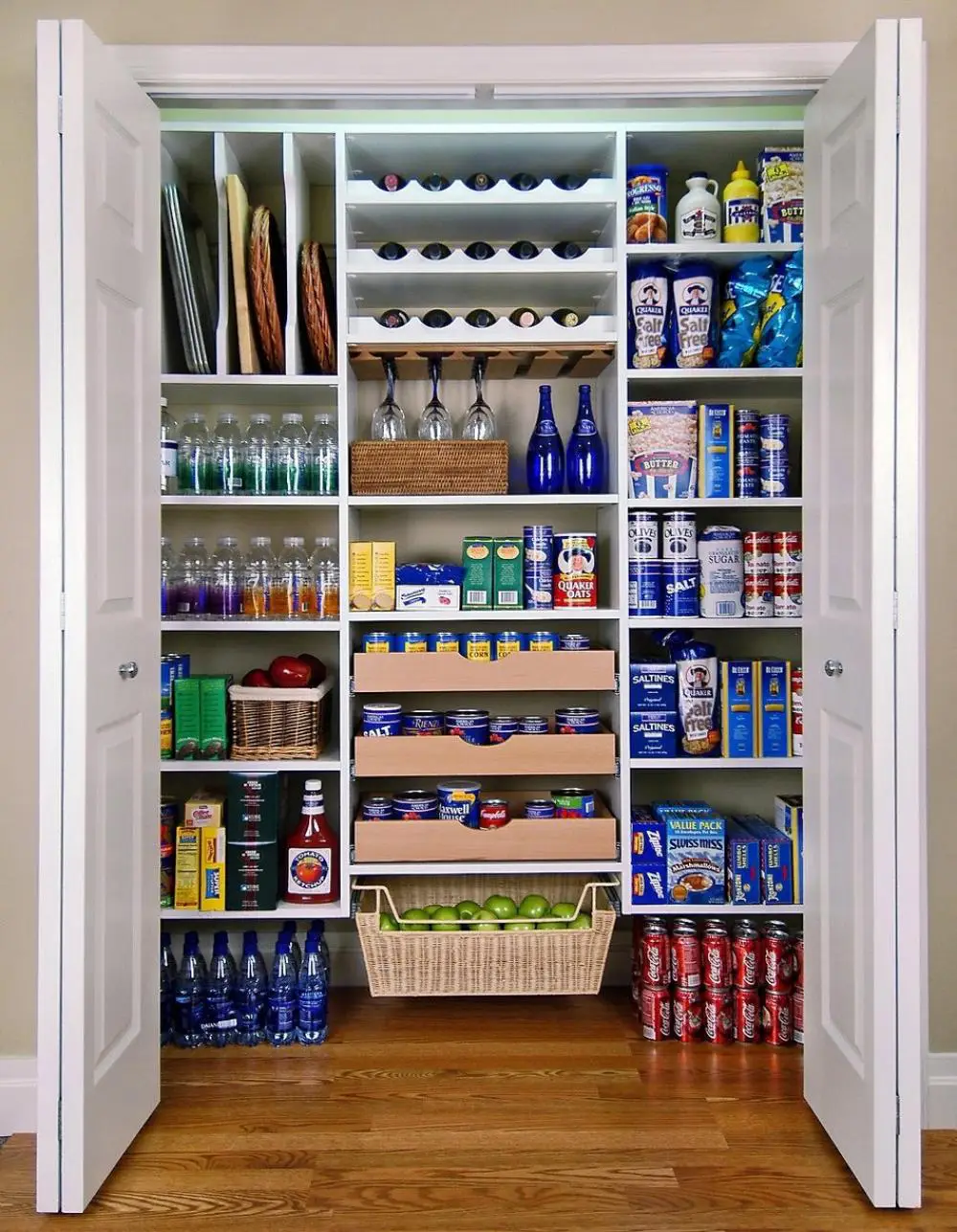
Often, storage rooms hold too many unnecessary items. Here are several tips to help you make this valuable space as functional as possible. Tip #1: Order If you want to use your storage room to the fullest, start by getting rid of unwanted items stored there.
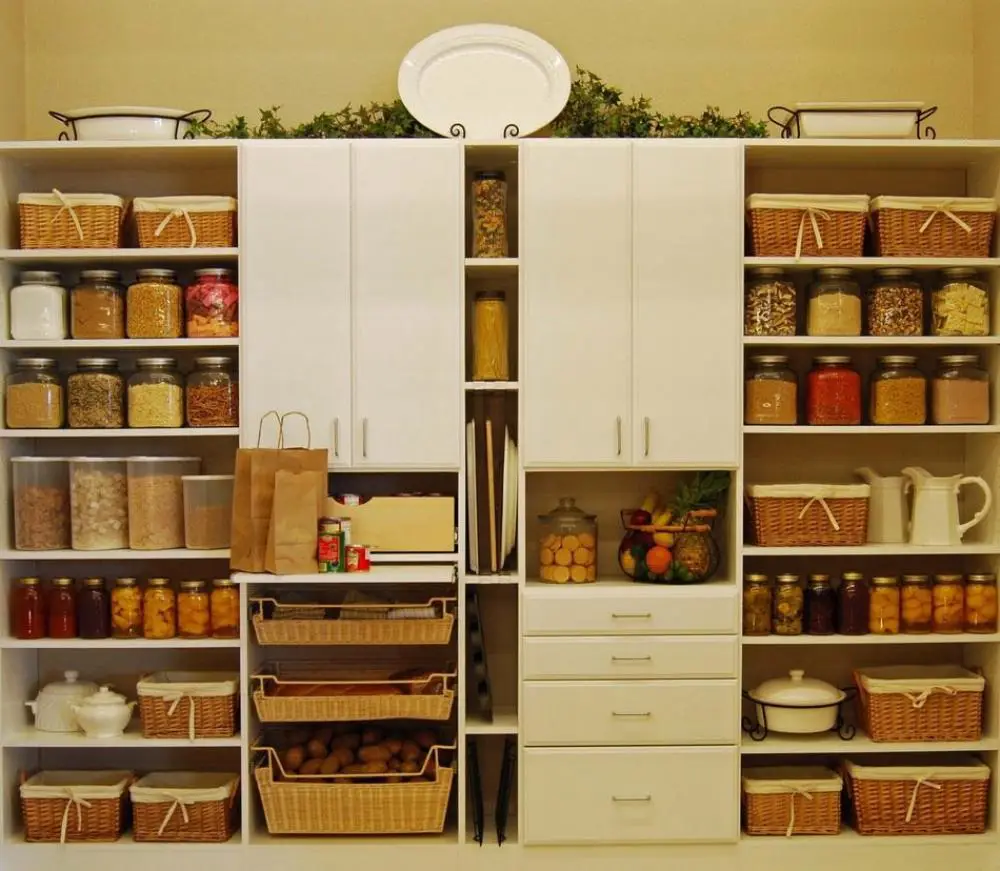
Tip #2: Create a Favorable Environment The key to long-term food storage is cleanliness and fresh air. Make sure your room has no excess moisture and won’t develop mold. Use universal anti-mold paint. Even better: cover all walls with tiles. This makes cleaning much easier.

Tip #3: Ventilation Make sure your storage room has proper ventilation. It should be well-ventilated and easy to air out.
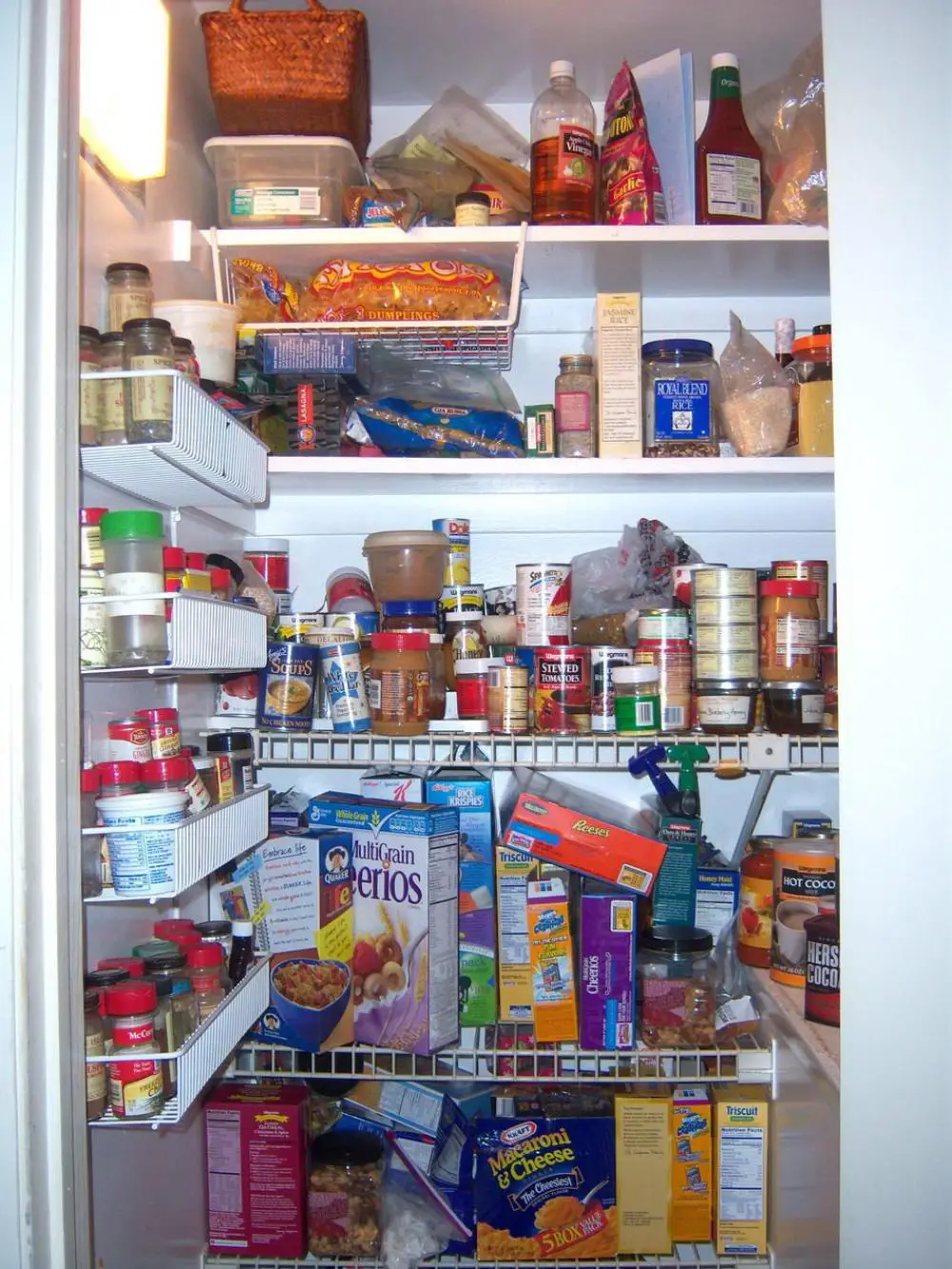
Tip #4: Lighting Lighting is an important factor—don’t forget about it. Modern compact fluorescent modules work perfectly for this purpose. No more running around in the dark with a flashlight!

Tip #5: Storage Systems Fill the storage room with shelves and standard shelves placed along three walls. If it’s too small, place them along two walls—side and back. Ideally, shelves should go from floor to ceiling. Use sliding door systems. Wire mesh shelves are best for storing canned goods and pet food (if you have pets). The most convenient shelf height is around 30 cm, but they can be higher depending on the containers used.

Tip #6: Zones Divide the storage room into zones for grains, flour, canned goods, vegetable oils, and vegetables. This helps keep everything organized.
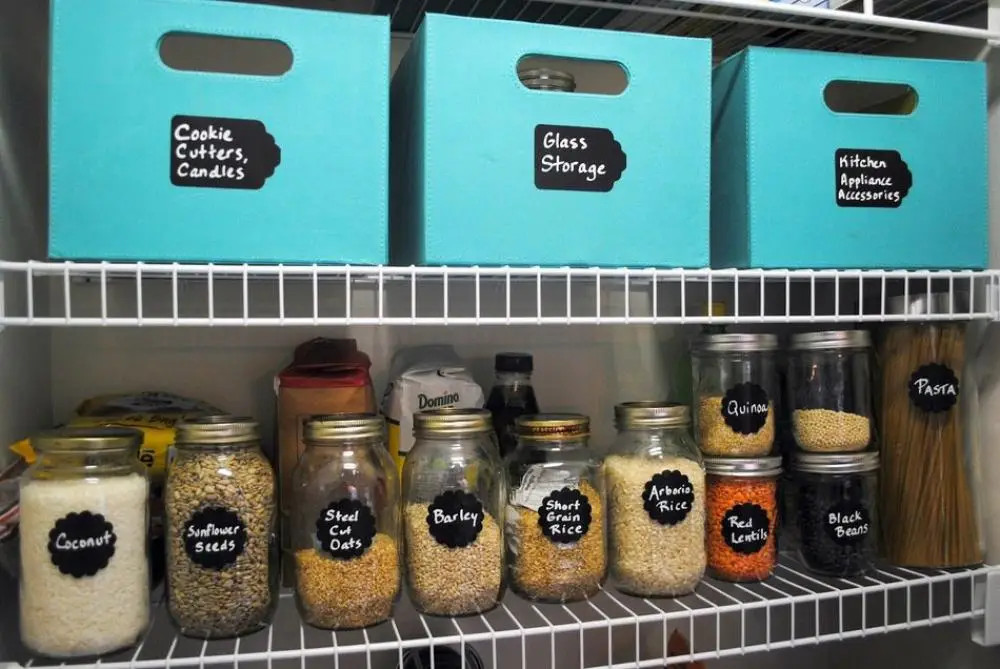
Tip #7: Proper Food Storage Pay attention to shelf life. Place items with short shelf life in the front rows. As shelves fill up, place new supplies in the back rows. Store food in airtight containers.
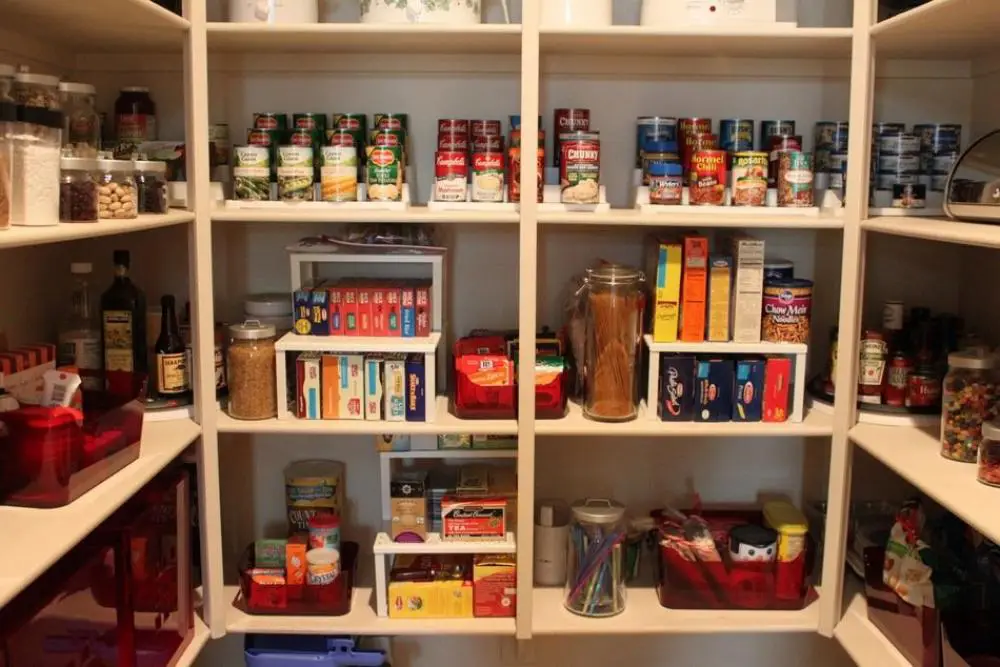
Tip #8: What and Where to Place Vegetables and canned goods should be stored on wire mesh shelves or in baskets at the bottom. Place flour and grains in the middle shelves. Put the food processor, juicer, and other kitchen tools slightly higher.

Use your creativity, maximize your storage room’s potential, and it will become your reliable helper.
